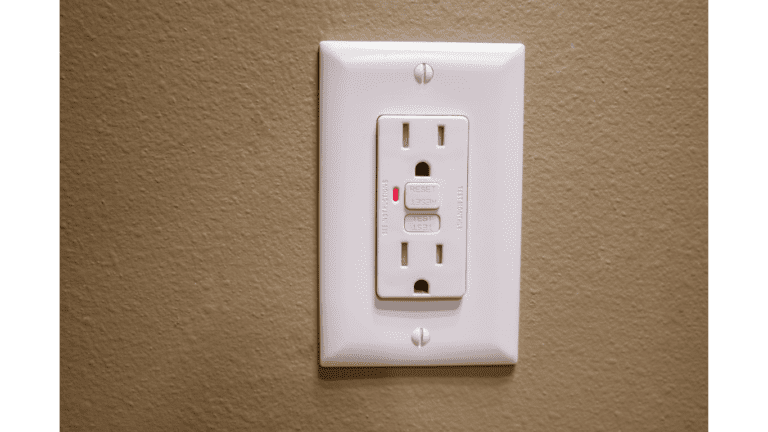The Ultimate Guide To GFCI Outlets

Ever wondered what makes GFCI outlets a must-have in kitchens and bathrooms? GFCI (Ground Fault Circuit Interrupter) outlets are the unsung heroes in the battle against accidental electric shocks. Here’s all you need to know about GFCI outlets and why you need them.
Understanding GFCI Outlets
GFCI outlets are designed to protect against accidental electrical shock by monitoring the amount of electricity flowing in a circuit and tripping the circuit if they detect an imbalance. An imbalance in the flow of electricity happens when the electricity flows through an unintended path – like water or even a person. By cutting off the power when detecting an imbalance, GFCI outlets can help reduce the risk of accidental electrical shocks.
GFCI Outlets are important for a few reasons.
Why GFCI Outlets Are a Must-Have
Preventing Electrical Shocks: The primary role of a GFCI outlet is to prevent electrical shock injuries, which can be severe or even fatal. They are especially important in areas where the risk of electricity coming into contact with water is high.
Code Compliance: Building codes in many areas require GFCI outlets in new construction and during major renovations, especially in rooms with a water source.
Protecting Appliances: By preventing ground faults, GFCI outlets also help protect your appliances from damage, prolonging their life and saving you money in the long run.
How Do GFCI Outlets Work?
GFCI outlets monitor the electrical current in a circuit by comparing the input current on the hot side to the output current on the neutral side. In a properly functioning circuit, these currents are equal. However, if the GFCI detects a discrepancy as small as 4 or 5 milliamps, it will quickly cut off the power to prevent potential shock.
Installation and Testing
While GFCI outlets can be slightly more expensive than standard outlets, installing a GFCI is an important investment for home and business owners – both for safety and for compliance. While installing a GFCI outlet may not be too difficult for some, it’s strongly recommended to have them professionally installed to ensure they are correctly integrated into your home’s electrical system.
Testing your GFCI outlets is a relatively straightforward and simple test. You’ll notice two buttons on a GFCI outlet, one that says “Test” and one that says “Reset”. In order to test if a GFCI outlet is working – simply push the “Test” button. This should cut power to the device that is currently plugged in. To reset the GFCI outlet, and allow the power to be restored – simply push the “Reset” button.
Where Should GFCI Outlets Be Installed?
GFCI outlets should be installed in any area where electricity and water may come into contact with one another. This includes:
- Bathrooms
- Kitchens
- Garages
- Unfinished basements
- Outdoor areas
- Any location near a sink
GFCI Outlets – Do I Need Them?
The answer to this question is a resounding – yes! GFCI outlets are an important safety device that protects your home and your loved ones. Their ability to prevent electrical shock and comply with building codes makes them an important upgrade for modern electrical systems. Whether you’re building a new home, renovating an old one, or simply looking to enhance your safety measures, including GFCI outlets in your plan is a wise and potentially life-saving decision. Remember, when it comes to electricity, the best offense is a good defense, and GFCI outlets provide just that.
GFCI Installation At Reyff Electric
If you’re looking to add or replace GFCI outlets in your home or business, Reyff Electric can help. At Reyff Electric, we provide residential electrical services throughout Northern California including Sonoma, Solano, Napa & Marin Counties. We’ve been serving Northern California with quality electrical services for over 40 years. If you’re looking to increase your safety and ensure compliance with GFCI outlet installation – contact Reyff Electric today.

